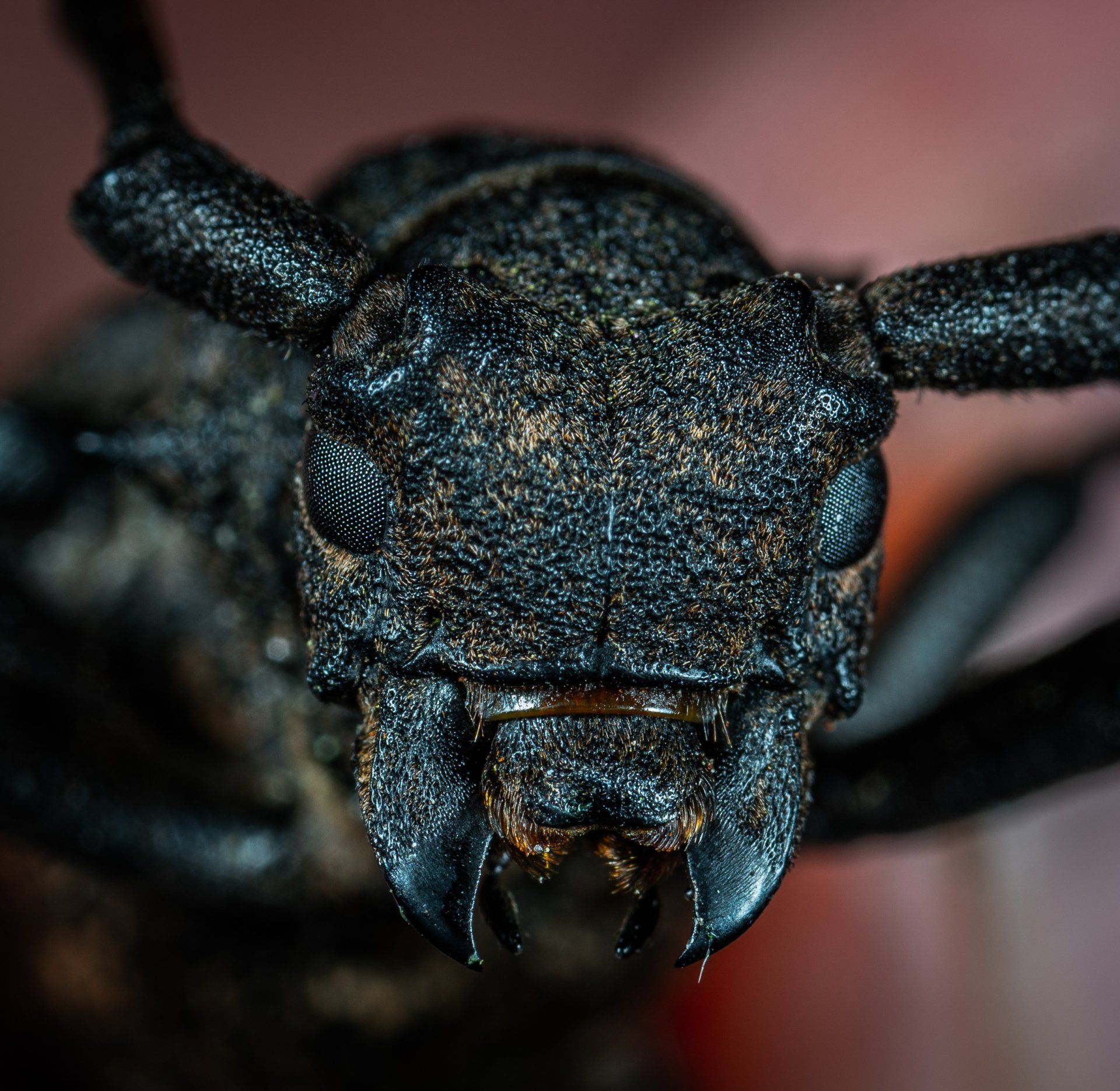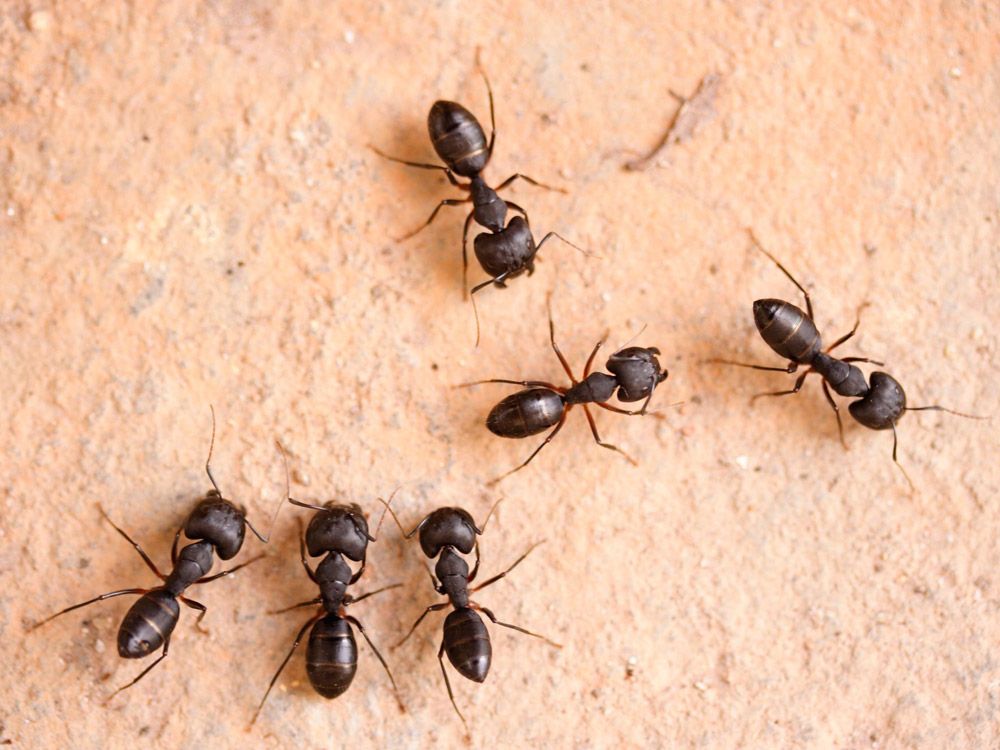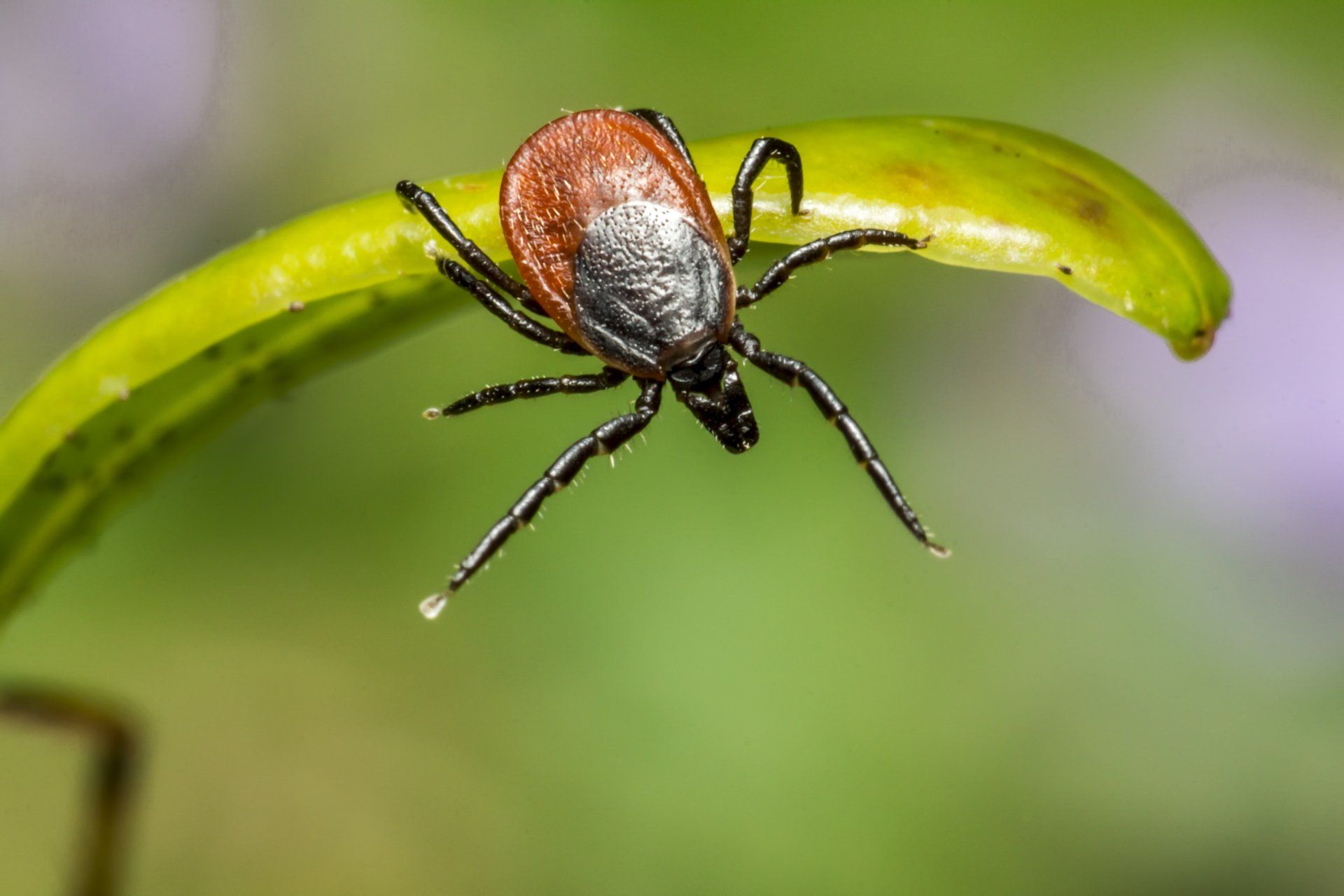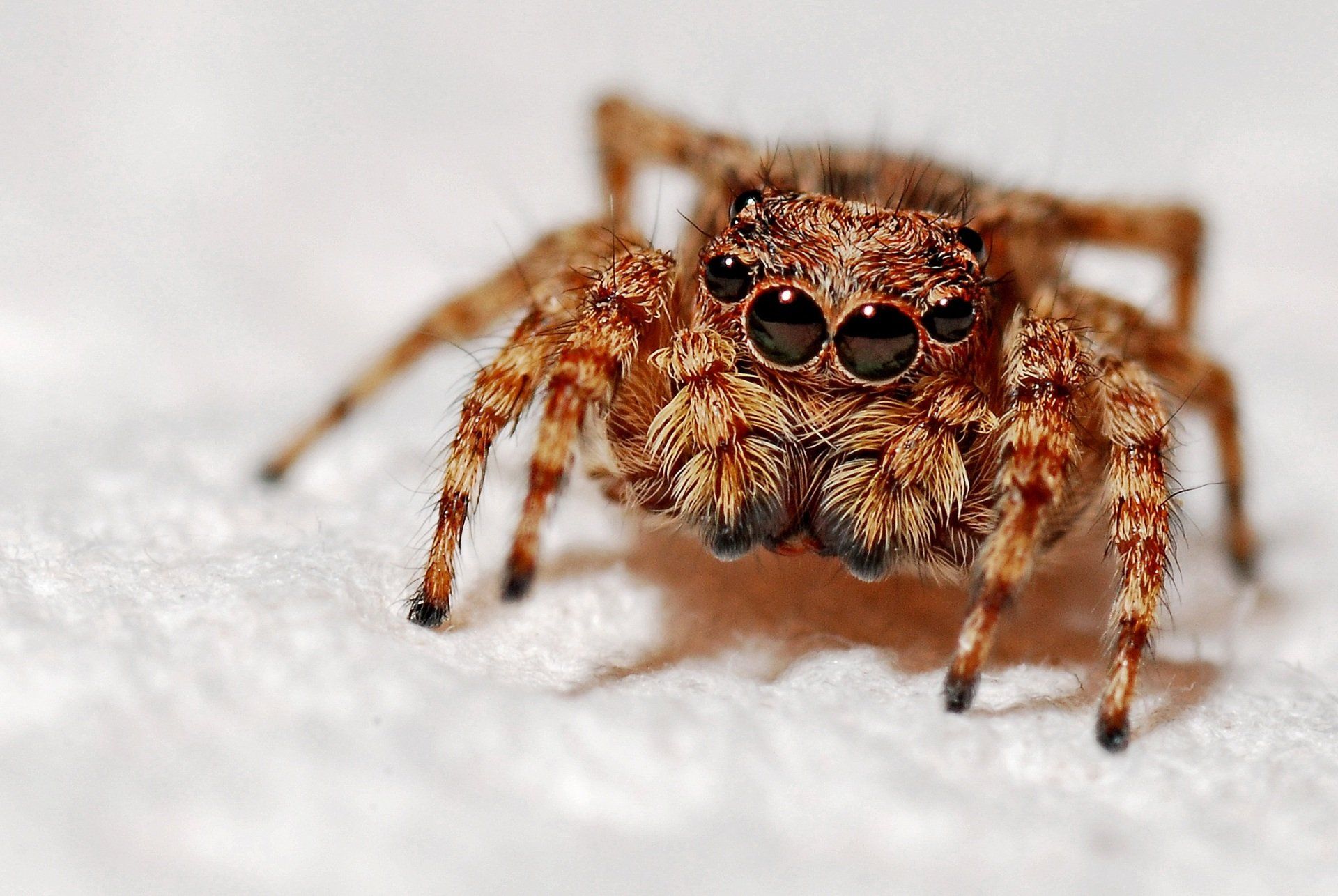How to Get Rid of Carpenter Bees and Other Important FAQs
Do you have carpenter bees? Learn how to get rid of them.
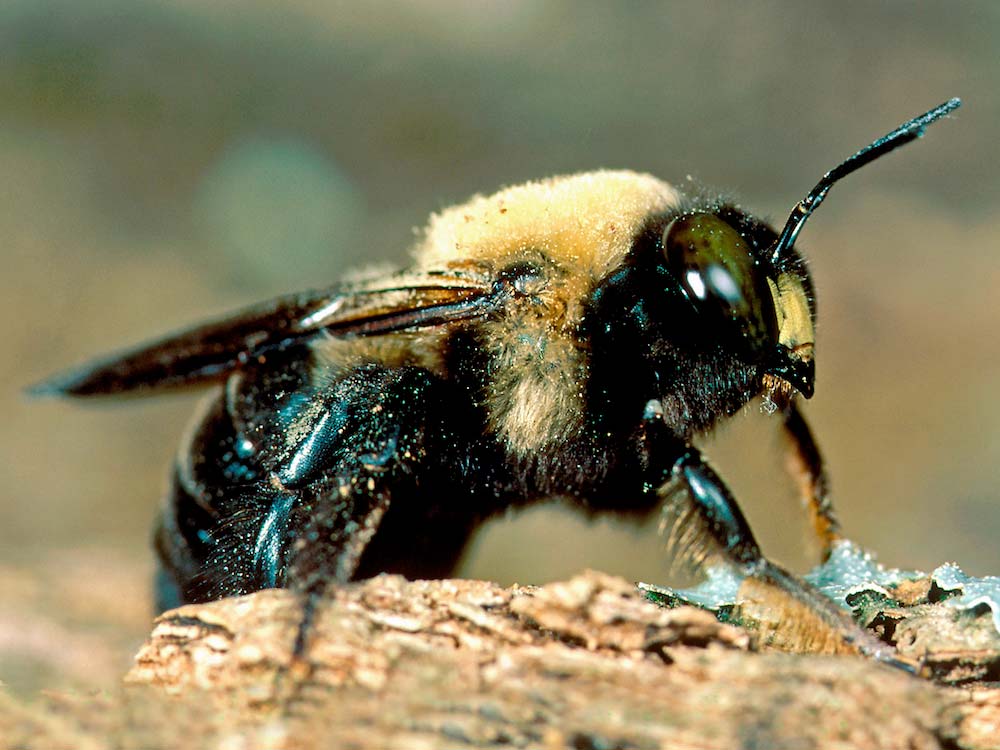
When you think of carpenter bees, you might assume they’re social insects like honey bees. However, they prefer to create their own nesting areas. They’re also important pollinators.
However, carpenter bees can cause significant damage to your home. As such, you may want to get rid of carpenter bees.
Carpenter bees are known for the unsightly damage they cause to the wood in and around your house. They burrow and create holes in wooden swings, decks, siding, eaves, outdoor furniture, and more.
These holes can be as big as a pencil and carpenter bees can be anywhere from ¾ to 1 inch in size. They lay eggs inside these holes. About seven weeks after eggs are laid, they hatch, releasing even more damaging carpenter bees into the areas around your home.
Here’s how to get rid of carpenter bees, along with some common FAQs to familiarize yourself with.
Remove Carpenter Bees
Carpenter bee removal varies, but the most effective method is
professional pest removal services. It can be difficult to treat them properly since the nesting sites are usually well hidden and protected behind eaves up high and under decks. However, you can try carpenter bee traps for non-toxic means of eviction.
You can purchase traps at garden centers, hanging them right above bee holes. Carpenter bees think these traps are nests and can’t escape once they enter.
If you’re looking to remove carpenter bees or deter them all together, you can also use non-toxic liquids to repel them. This includes solutions made from water and almond oil or citrus oil. Look for areas susceptible to nests and spray a mixture of almond oil and water to deter females from nesting early in the season.
Other
organic pest control methods include painting any exterior wood. Getting rid of carpenter bees may be as easy as a fresh coat of paint, as they prefer raw wood and the chemicals act as a deterrent.
Wind chimes are also used for removing carpenter bees. It’s the vibration that irritates bees and deters them from nesting.
When all else fails, you can install solitary bee homes. Carpenter bees can be rather lazy and if you provide them with a home, they’ll likely set up shop, avoiding the need to burrow elsewhere on your property.
FAQs
If you have carpenter bees around your property, you may have some questions. Here are common FAQs to help you better understand this insect.
Do Carpenter Bees Sting?
Female carpenter bees can sting, but they’re not aggressive by nature and don’t commonly sting when unprovoked. They spend most of their life waiting to mate and preparing to lay eggs.
Male carpenter bees are the most likely bees to follow, investigate, or chase you, and they can’t sting. Often, you will see many males fighting with each other around your house. There can be several more male bees than females; this makes it very hard to identify how large the problem truly is.
What Do Carpenter Bees Eat?
Carpenter bees eat what other bees eat —nectar and pollen. They can even drink nectar from the underside of a flower, due to their remarkable mandibles.
They habitually bore into wood, but they don’t eat actually eat it. They cause damage to wooden structures by drilling tunnels into wood simply to create nesting sites.
Are Carpenter Bees Similar to Bumblebees?
Carpenter bees differ from bumblebees. You can tell them apart because carpenter bees have hairless, shiny abdomens. Bumblebees, on the other hand, have yellow markings on their hairy abdomens.
Carpenter bees live in pairs (usually male/female) and not in colonies. They don’t follow any type of hierarchical structure.
Get Rid of Carpenter Bees
If you’re looking to get rid of carpenter bees, try some of the tips and tricks listed in this guide. Should you find that removing carpenter bees is more difficult than you expected, it’s best to defer to the professionals.
Serene Property Services offers residential and commercial pest removal in Sparta, NJ, and the surrounding areas. Our services also extend to Warwick, NY. Check out our
residential pest control services today.
We will get back to you as soon as possible
Please try again later
About Us
Contact Info




